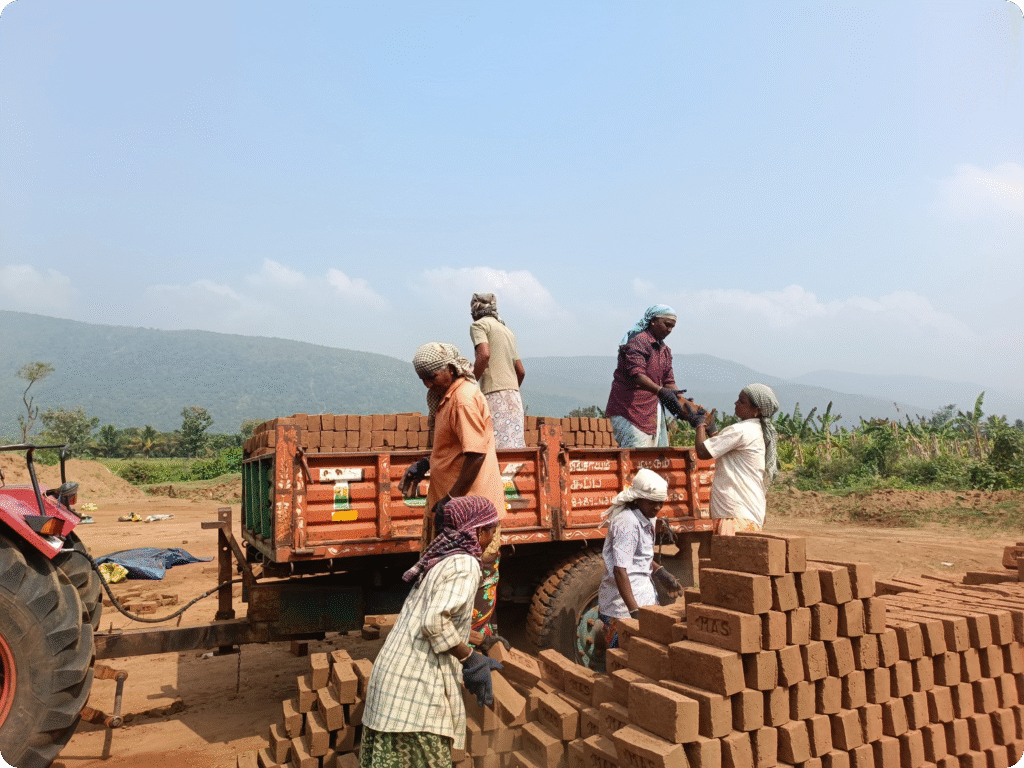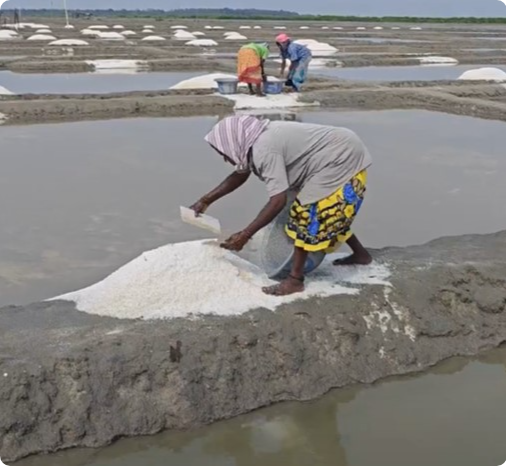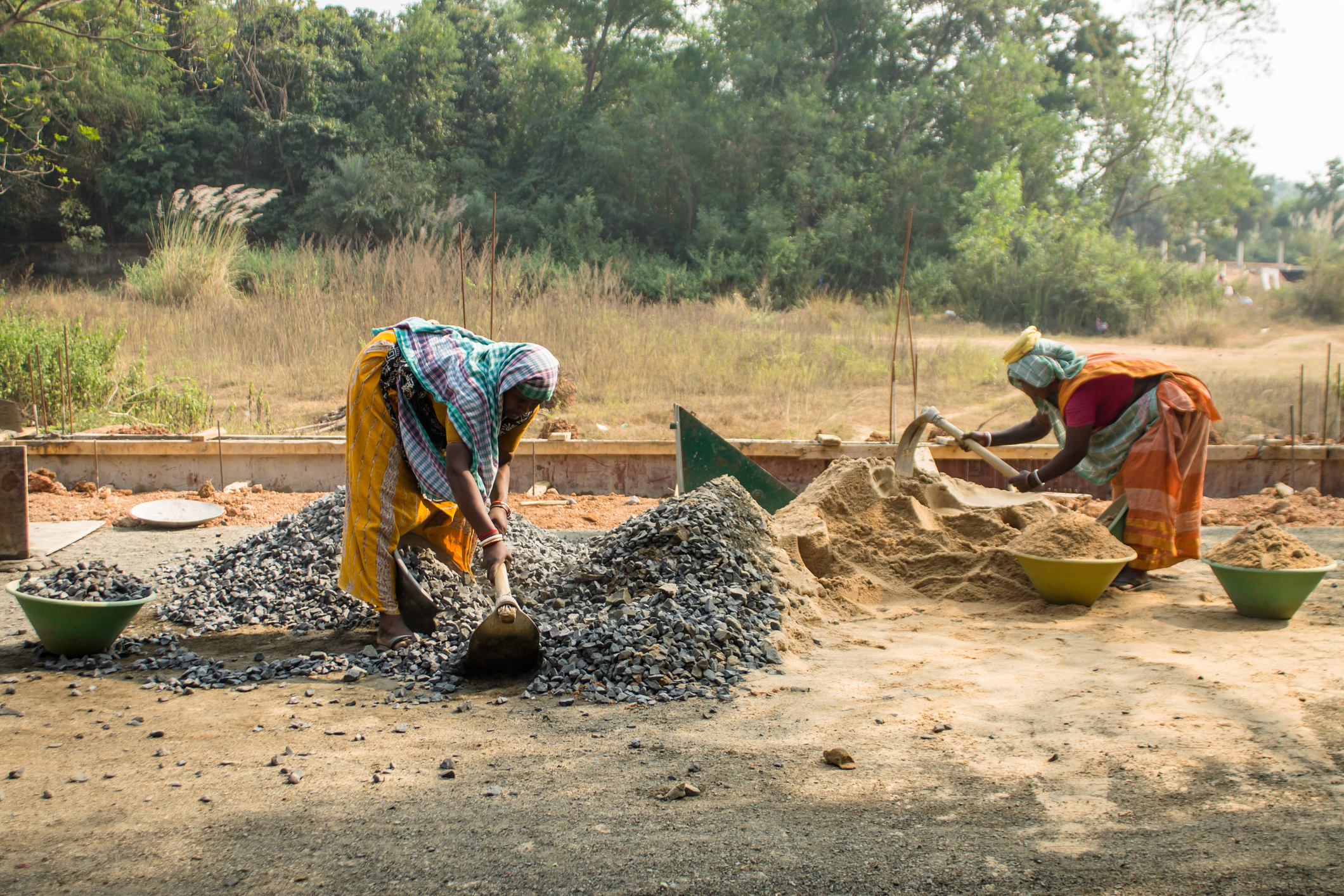*This blog explores themes of mental health, which may be triggering for some readers. Reader discretion is advised.
India is witnessing unprecedented temperatures, with 2024 among one of the hottest years globally, according to independent studies by the National Oceanic and Atmospheric Administration (NOAA)1, the World Meteorological Organization (WMO)2, and the India Meteorological Department (IMD)3. Temperatures exceeding 47°C were reported in parts of the country, as per an IMD analysis, driven by El Niño, urban heat, and ongoing climate change.
Heat waves have increasingly become a persistent threat, escalating into a significant public health crisis. One of the alarming consequences of this crisis is eco-anxiety—a profound fear of environmental catastrophe driven by climate change and extreme weather. Heat-related eco-anxiety is a psychological distress marked by persistent feelings of worry, fear, and mental exhaustion. Unlike general eco-anxiety, this distress stems from the daily struggle for survival in harsh conditions, significantly affecting women working in informal sectors, who face heat as both a climate and work hazard. The challenge of juggling both paid and unpaid responsibilities without access to shade, sanitation, or necessary support—especially during menstruation and pregnancy—maximizes their vulnerability to heat-related eco-anxiety.

For millions of women in India’s informal sector, eco-anxiety is not an abstract feeling or theoretical concept but a lived, daily reality. From brick kilns to saltpans, these women work under punishing heat, with no safety net for their physical and mental well-being. A 2023 study found nearly 40% of women4 reported worsening mental health during extreme heat. Highlighting an urgent need for awareness and action to address these critical and, at times, forgotten issues.
Image curated during field research
What does the Science Say?
“Heat stress does not just exhaust the body; it frays the mind”
Scientific evidence shows extreme heat has profound effects on both the human body and mind – triggering anxiety, irritability, sleep disturbances, reduced cognition, and in extreme cases even suicidal thoughts (Baecker et al., 2025). Previous studies have linked elevated temperatures to increased hospital visits and major depressive disorder (Chen et al., 2019). Unfortunately, in India, inadequate infrastructural support and limited mental health resources intensify these challenges.
Our field research in Tamil Nadu’s informal sectors reveals a disturbing rise in psychological distress among outdoor women workers. This distress often manifests as mood swings, fatigue-driven anxiety, and disturbed sleep, yet is often dismissed as mere tiredness by families and employers. While their physical exhaustion is evident, their mental suffering remains invisible and unaddressed, calling for urgent attention and action.
Lived Realities: What Women Told Us
As a part of our fieldwork in Tamil Nadu, women from various sectors shared their lived experiences of working in extreme heat. Though the survey focused on quantitative data, their spontaneous reflections offered powerful insights into the mental and emotional toll of daily heat exposure. These women and their voices reveal the often unspoken mental exhaustion and stress of working under extreme heat without adequate physical or psychological support.
Brick Kilns: Women mold and carry bricks in scorching yards without shade, water, or menstrual hygiene support. Many reported anxiety, emotional fatigue, and sleeplessness.
“Sometimes I feel like crying before noon… My body burns, and my mind won’t stop racing.”
– Brick kiln worker
Construction Sites: Managing home duties while working in dusty, unshaded environments can result in debilitating headaches, mood swings, irritability, and overwhelming fatigue.
Stone Quarries: The constant drilling and prolonged heat exposure cause panic attacks, confusion, and stress, haunting the workers even in their private lives.
“Even at home, the machine’s sound doesn’t leave my head.”
– Quarry worker.
Salt Pans: Walking barefoot on reflective salt fields without shade has triggered burnout, anxiety, and disrupted sleep. During our field visit, we observed that a majority of the women lacked shaded rest areas, often sheltering under salt mounds or makeshift cloth covers for relief.
A 32-year-old mother of two, working in a saltpan, shared her heartbreaking experience with us. Her days begin before sunrise, and by 11 A.M., the ground beneath her feet radiates unbearable heat. There is no shade. No relief.

Image curated during field research
“If I stop, I lose my pay. But when I continue, I feel dizzy, angry for no reason, and I sometimes cry without knowing why.”
Agriculture: Though exposed to moderate to high heat, climate uncertainty, financial stress, and care burdens, has led to widespread anxiety, emotional exhaustion, and mental fatigue among female agricultural workers.
Across the various sectors, major concerns like the lack of rest areas, sanitation, and mental health support, compounded further by gender norms, have forced women to normalize their suffering and anxiety as par for the course to earn a living in trying circumstances.
Policy Gaps & What Must Change
India’s heat action plans overlook the unique and severe challenges that women face while juggling work and caregiving responsibilities under prolonged heat, with added strain during menstruation or pregnancy. Without gender-specific policies or an emphasis on mental health, their needs will remain unmet. To truly build climate resilience, we must implement a gender-responsive heat plan that elevates women’s voices and prioritizes both their physical and mental well-being.
Steps in the Right Direction
To truly protect vulnerable women from the hidden mental health impacts of extreme heat, we need to shift away from just offering reactive relief and move towards providing proactive, gender-responsive planning. Some key steps include:
- Integrating mental health screening in health camps.
- Designing community-based shaded rest areas and flexible shifts.
- Training ASHA and NGO workers in basic mental health care.
- Including psychological stress in Heat Action Plans and labour codes.
- Supporting research with gender-disaggregated mental health data.
- Encouraging and promoting coping strategies like
- Know When to Seek Help: Don’t ignore anxiety, irritability, or sleep issues during heat.
- Lean on Peer Support: SHGs and women’s groups that offer shared care and relief.
- Access Local Help: ASHAs and health teams that can guide and offer support.
- Use Simple Techniques: Rest in shade, hydrate, and breathe deeply.
- Act Together: Advocate for rest areas, flexible hours, and mental health support.
“It’s Not Just the Body That Burns”
Climate change affects everyone, but its impacts are not felt equally. For countless women, the burden of heat exacerbates stress, affecting both body and mind. What might appear as mere fatigue can often be heat-induced anxiety, while what is overlooked as irritation may actually signal deep burnout. We must shine a light on eco-anxiety and insist on creating environments that safeguard women’s work and mental health. Positive change begins with awareness, empathy, and united actions. Together, we can combat not just heat, but the emotional heat so many women endure in silence.
——————————————————
This blog was authored by Gayathri KG
About the author:
Gayathri KG– Gayathri KG is a Ph.D. Scholar and NIHR Project Associate at SRIHER, specializing eco-anxiety and heat stress among rural South Indian women. With expertise in neuroscience, public health research and training, she aspires to become a professor and advance gender-responsive, community-driven climate and mental health interventions. Gayathri is also one of the co-authors of a comprehensive review paper exploring the connection between eco-anxiety and gender differences, with a particular focus on the unique stressors faced by women. It was published in Frontiers, 2025. Read the full review article here…
This research was funded by the NIHR (Global Health Research Centre for Non-communicable Diseases and Environmental Change) using UK international development funding from the UK Government to support global health research. The views expressed in this publication are those of the author(s) and not necessarily those of the NIHR or the UK government.






